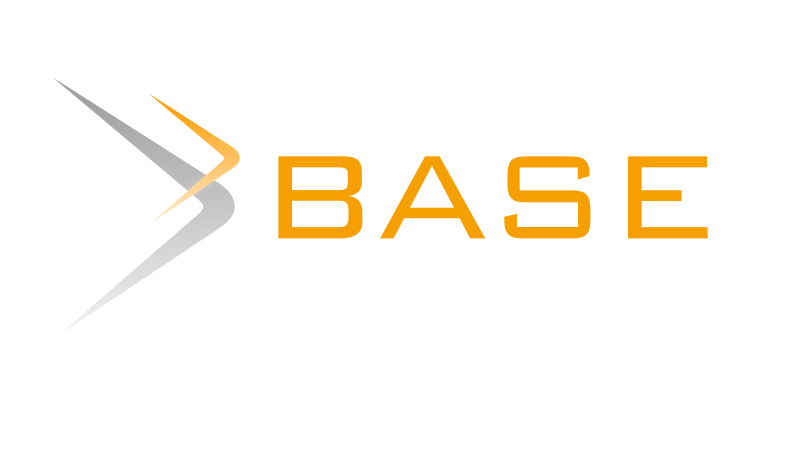International Journal of Contemporary Research In Multidisciplinary, 2025;4(4):492-498
Effect of Soil Heterogeneity and Pile Material on the Performance of Piled Raft Systems under Cyclic Loading: Experimental and Numerical Study
Author Name: Devesh Ojha;
Abstract
Piled raft foundations have proven effective in minimizing differential settlements and enhancing load-bearing capacity, especially for high-rise structures. However, most existing research has focused on homogeneous soil conditions under static loading. This study investigates the combined effect of soil stratification and pile material type on the cyclic performance of piled raft systems, employing both small-scale laboratory testing and numerical simulations. Two contrasting soil profiles were considered: one comprising a dense sand layer overlying soft clay and another with loose sand transitioning to medium-dense sand. Tests were performed using steel and concrete model piles embedded in these layered systems. Cyclic vertical loads were applied in ten loading-unloading cycles per stage, and settlement responses were recorded. Numerical modeling was conducted using PLAXIS 3D to replicate the laboratory configurations. The Mohr–Coulomb and Soft Soil models were applied for sand and clay layers respectively. Results revealed that soil heterogeneity significantly influenced the settlement behavior and load transfer mechanism. Piled rafts in stratified soils experienced greater differential settlement than in uniform conditions. Concrete piles demonstrated superior performance over steel piles in reducing cumulative settlement under cyclic loads due to higher stiffness and energy dissipation. Furthermore, the load-sharing factor (β) decreased more gradually with increased settlement ratio (S/B) for concrete piles, indicating more effective raft–pile–soil interaction. The study emphasizes the necessity of incorporating soil stratification and material nonlinearity into foundation design. It also validates the use of advanced finite element modeling to simulate realistic field conditions. Findings from this research can assist geotechnical engineers in optimizing foundation systems subjected to cyclic or repeated loading, such as those encountered in offshore structures, bridges, and seismic zones.
Keywords
Piled Raft Foundation, Cyclic Loading, Soil Stratification, Pile Material, Concrete Piles, Settlement Behavior, Finite Element Modeling, PLAXIS 3D, Load Sharing Factor, Geotechnical Engineering.


